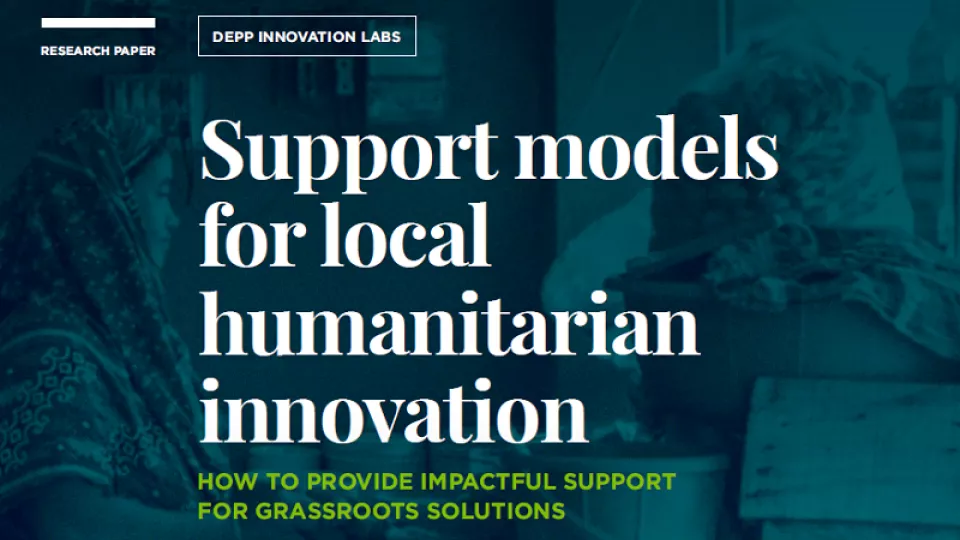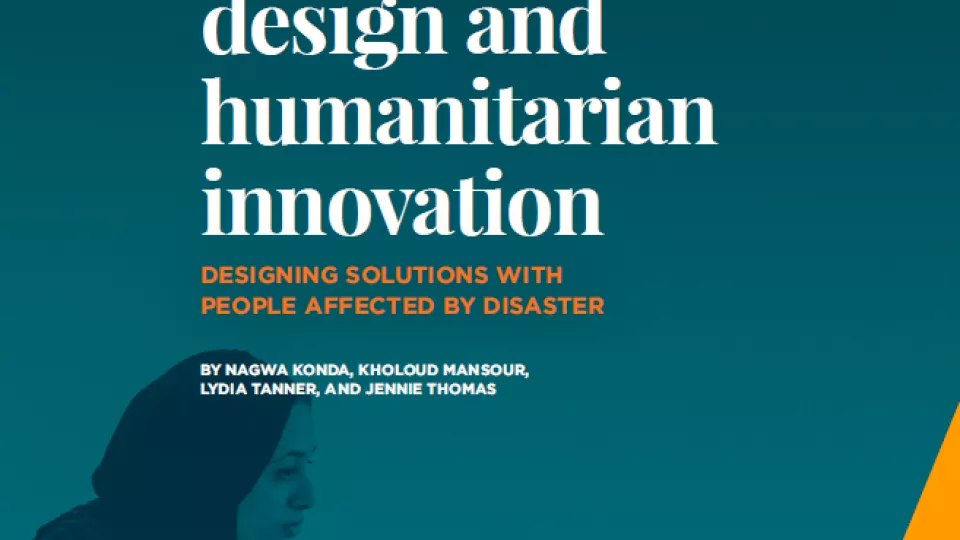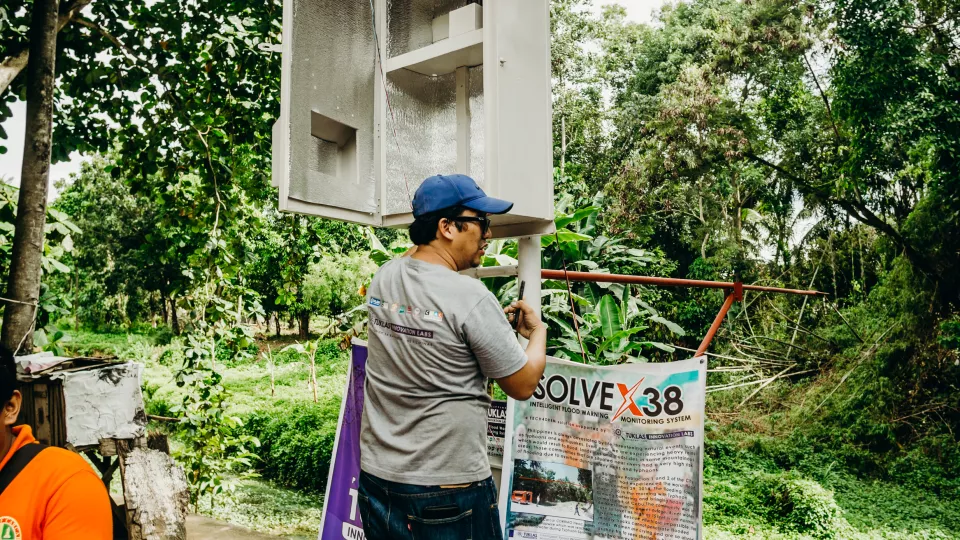
Scaling Webinar Part 1
In-depth webinars on the innovator journey to sustainability, and a breakdown of eight business model strategies relevant for humanitarian innovators.

In-depth webinars on the innovator journey to sustainability, and a breakdown of eight business model strategies relevant for humanitarian innovators.
The purpose of a journey map is to gain a holistic and shared understanding of a new or existing path (or process) followed by your target customers/ beneficiaries and your fellow staff who interact with a particular aspect of your work which needs attention.

<p>The DEPP Innovation Labs programme developed <strong>safeguarding tools </strong>relevant for innovation labs, where the organisation is not "doing" a programme but rather facilitating design processes. This field-level safeguarding toolkit translates safeguarding policies into practice for people running programs on the ground. </p>
DEPP Innovation Labs have pioneered scalable, sustainable innovation with, by and for disaster affected communities. Established in Bangladesh, Jordan, Kenya and the Philippines, all disaster-prone countries, the Labs sought to tackle specific challenges identified by communities at risk.
So, you have developed an innovation that addresses a humanitarian challenge. Congratulations! Now read this guide.

Humanitarian innovation has rapidly gained a central role within humanitarian policy and practice as a way of addressing intractable challenges. An increasing number of humanitarian organisations have established innovation initiatives (including labs, challenge funds and scholarships), set up separate innovation departments and hired innovation staff.

The humanitarian sector is often criticised for being too top-down and for failing to meet the needs and priorities of crisis-affected people. ‘Innovation’ became a rallying cry for new initiatives, organisations and funding promises. Yet, three years on, the sector has been slow to prioritise and support local leadership or to create systems that allow people affected by disaster to have a hand in shaping innovations within their own communities. A recent research paper suggests that only 33% of humanitarian innovators consult with affected populations during their innovation processes. In response to this situation, several organisations have begun advocating for the use of human-centred design (HCD) in humanitarian innovation: bringing meaningful community participation into developing solutions, services or assistance for that community. The Disasters and Emergencies Preparedness Programme (DEPP) Innovation Labs is a diverse network of national and international humanitarian organisations, set up to identify and grow areas of innovation that come directly from communities affected by crises. The labs drew on the HCD tradition, with the aim of developing more responsive and locally-led humanitarian and preparedness programming.
Scaling sustainable innovations is a critical issue for humanitarian innovation. The added complexity and barriers faced by innovators who work in crisis areas, or in areas that are building resilience to crisis, make this already difficult task even more challenging. Far too few promising innovations have gone to scale. A failure to select, validate and implement appropriate revenue models is one of the key reasons for this. This creates a need for new insights regarding the journey to scale for innovators who lack commercial business opportunities to fund and grow their innovations.

The Philippines is at high risk from cyclones, earthquakes, floods, landslides, tsunamis, volcanic eruptions, and wildfires with 74 per cent of the population vulnerable to their impact. The Disaster Preparedness Simulator uses augmented reality as a novel tool for communities to experience and learn from authentic disaster scenarios and improve preparedness. Read more about the innovation.

SolveX38 is an intelligent flood warning and monitoring system providing real-time information to communities at risk from flooding. The system monitors water level rises in rivers and when it reaches a critical level, computes the time before floodwaters reach the community, allowing them to take action.